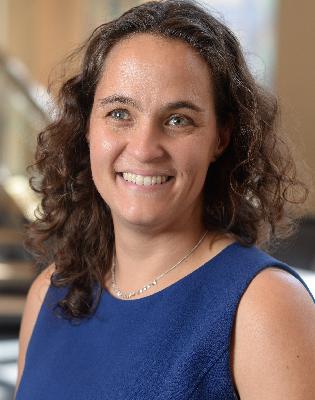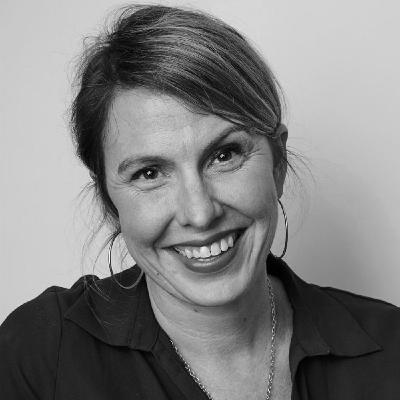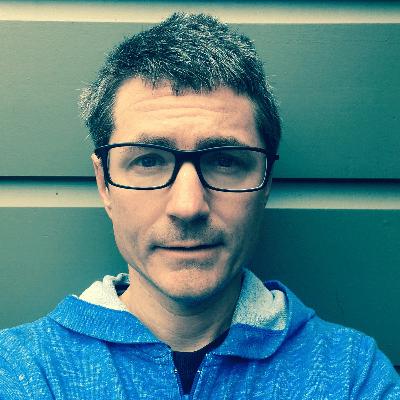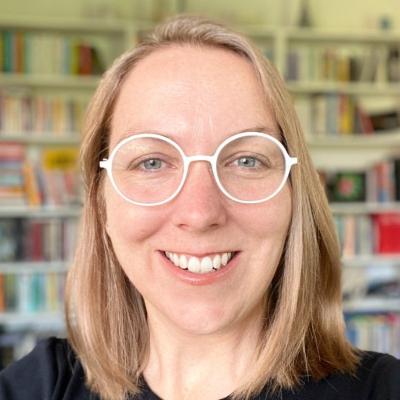47: Seeking Balance (ft. Koji Pereira)
Description
Transcript
Jesse: I’m Jesse James Garrett,
Peter: and I’m Peter Merholz.
Jesse: And we’re finding our way,
Peter: Navigating the opportunities
Jesse: and challenges
Peter: of design and design leadership,
Jesse: On today’s show, Koji Pereira, Chief Design Officer for Brazilian fintech Neon, joins us to talk about his career journey from Brazil to Silicon Valley and back again, finding the balance between speed and quality, and strategies for making the design team and the design process more inclusive.
Peter: Thank you so much for joining us, Koji. I think where we’d like to begin is just to get a better sense of your story. Who are you? What are you about? Where are you from? And what are you up to?
Koji: Awesome. Well, first of all, thanks a lot for having me, Peter and Jesse. I’m very happy to be here. I’ve been following the podcast and you’re doing a great work. Thanks for that.
Koji’s story
Koji: I am originally from Brazil and I think my story began on design with graphic design. I was on graphic design for a pretty short period of time, starting doing posters for bands. I had my own band back in 1997 and then the internet was becoming a thing in Brazil and, you know, I was an early adopter. Before, I had a BBS, a bulletin board system where people could, you know, call my BBS and access pretty much like a website on DOS, which was crazy.
So when the internet began, I was like, this is interesting, because to me, there’s a potential here for design to become something interactive and something with motion. And, you know, I started doing websites for companies and small businesses. And then around the year 2000, I joined another person who was building this website where people could order food from, and it was desktop internet back then, people would open a website, turn on their computers, that would take a lot of time anyways, then dial up to internet connection, open a website, and then, let’s say, 15 minutes later, they have a website where they can order pizza from.
And I had a server connected to a facsimile. And we had a software that would send orders to the pizza place. Then the pizza place would deliver the pizza, they would get the money in cash. And that was our business model.
Basically we were like a white list or yellow list for pizza. And we had this small service that run in the background. So that was my first experience with web design back then. And because of this company, we ended up selling this and I joined Google to work on Orkut. I don’t know if you all recall was the biggest
Peter: I’ve met Orkut.
Koji: You met Orkut? Okay, cool. So you’re very familiar, but for people who don’t know, Orkut was the biggest social network in Brazil and India. In U.S. I think was most of the time the second, losing for MySpace at some point and for, I think, was Friendster before.
Jesse: Yeah.
Koji: And of course, like Google was a totally different world for me back then.
Working in tech
Koji: The typical corporate job was very different from what it is today, and especially in Brazil, even more different. And for me coming from like a very, you know, half neighborhood in Brazil and going to this world, working at Google and even in Brazil was so, so different for me and kind of opened my eye to a lot of different stuff. So I think that’s pretty much how I began back in my career with product design, UX slash web design at that time.
Peter: Tell us a little bit about kind of how you’ve evolved as a designer and design leader.
Koji: Right. So I stay at Google for almost 10 years, and the reason why I stay 10 years is because with Google you have so many options, right? Like you can move from one team to another team, and there’s always these smaller teams trying to build something new. And those are the teams that I liked the most.
You know, I was never really excited about the teams that were kind of, you know, keeping things going in a bigger scale. I was more interested on, like, teams are building something from scratch, zero to one products. And the last team that I joined was a team that I enjoyed the most, which was Next Billion Users.
And to me, it was full circle because we’re trying to create products for emerging markets. Back then, we did a lot of research in India, Brazil, China, too, and Africa, and we build a product called Files. And what Files did was help people to free up space in their phones by looking at their storage.
And for us here in the U.S. might not be an issue, but when you look at the population in the world, like 80 percent of people are using, at that time, Android. Most of the people are in phones that are under 300 dollars. So those are phones that, after three months, If you use WhatsApp a lot, then your phone is fully blocked with things and there’s nothing you can do with that.
So with that team, we build Files and we help people to free up space and became like a one billion users app; from zero to one billion. And it became the default file manager for Android right?
So that’s when I decided to, okay, like now I built something from scratch at Google, became very successful, I want to go and work in totally different fields, smaller companies. And that’s when I joined Lyft and Lyft to me was this interesting mix of service design, product design. You know, it’s a marketplace with multiple types of users. You have the social interaction and the, real life business model going on behind that, which is something that Google was not really working at the space that Lyft is right now.
And that’s where I learned a lot because when I joined Lyft, I saw that the way that Lyft thought about design was super, super different from the way we thought about design at Google.
And then like I joined Twitter later, it was all about coming back to social and working in a product that was more established in the social space. And that was pretty interesting area to be for me because I was able to use some of the learnings that I had back at Google, but in a product that was already kind of established and have more users in the end of the day.
To where I am now, where again, I feel like it’s all the circles that come back and forth now working for Brazil remotely here in US. It’s a company called Neon. So it’s a fintech banking company, which for many might not be known, but banking and digital banking in Brazil is one of the biggest space for fintech companies in the world right now.
Jesse: So I’d like to rewind to that moment early in your career where you got started doing web design for the Brazilian market and then Orkut, you find yourself thrown into a different context, different kinds of design challenges. And especially designing for a much broader and more diverse audience than you had before.
And then I notice as you were talking that this seems to be this recurring theme for you of trying to address these very large scale challenges for very large scale audiences that are potentially very different from you. And I’m curious about how that’s informed how you approach design as a design leader.
Koji: That’s a great question. So Google was not interested in building something specific to one group of users. When we talk about like, what’s your target? At Google, we’re pretty much saying like, our target is everyone.
We want to build something that works for everyone. And in one hand, this is almost, you know, impossible because, of course, like, in the world, you have so many different people and different cultures and different interests and different even perception of aesthetics, in a sense of visual design.
On the other hand, if you build something that really tackles a pain very well in one place, and then you’re able to figure out how to adapt that solution to other realities, then you’re likely be able to build something that will be more successful than if you start building something that are meant to be for everyone from the beginning.
If you think about even Facebook, right? Like when they started, they started as a niche kind of product for universities and then they slowly grow to what they are now. So, same thing for Google. I felt like when the products that I worked on where we try to really build something huge from the beginning, some of them, I don’t think they really worked, because we’re trying to embrace the world from the beginning.
Whereas for Files, because, and I will take WhatsApp as an example too. Because WhatsApp started with a very specific pain in a very specific market that helped them to grow and scale to other markets because they’re kind of solving a pain that only existed in certain parts of the world with certain parts of users, where they lack, you know, very fast connection or the connection was laggy.
And because of that, they built a very good messaging system that works pretty well, even if you’re hiking in Yosemite and the internet is not working. Whenever you go back and you have your connection back, all the messages are keyed and they will be sent. Right now, all the messaging apps,























